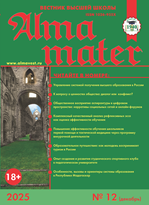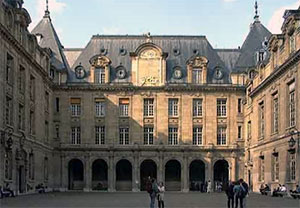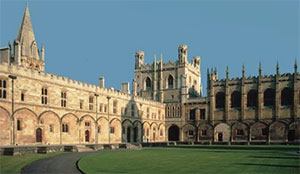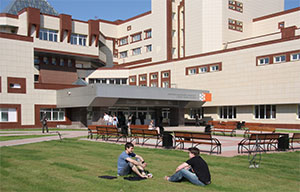P.P. Efimov is cand. of Pedagogy at Peter the Great’s Military Academy of RVSN
E-mail: akmeolog@bk.ru
Presented is innovative system forming technology of tutoring, guaranteeing formation of subject-to-subject technologies in military education. The author refined basic peculiarities of tutoring as to military education, being aloof because of it’s immanent secrecy in general system of higher professional education. Elaborated are various components of tutor accompaniment of students at military high schools. Side by side with that determined are basic necessary conditions for tutor accompaniment of students at specialized military high school. The author’s conclusion is made, that organizationally this process must be being built not as transmission of new information but as mastering of new specialty. In connection with that, formulated is principal task of educational process in military high school, i.e. the task of mastering of new pedagogical specialty of “tutor”.
Key words: tutor, military education, innovations in education.
References
1. Bendova, L.V. “Developer” for developers // Personnel Management. — 2006. — No. 18. — P. 51–55.
2. Drobot, I.S. Distributed educational environments of professionalization of training of officers’ cadres // Alma mater (Vestnik vysshei shkoly). — 2010. — No. 3. — P. 57–62.
3. Kovalyova, T.M., Kobyshcha, E.I., Popova, S.Yu. Profession is “Tutor”. — M. — Tver, 2012.
4. Linnik, E.O. Content characteristic of the meaning of “subject-to-subject interaction”: psycho -pedagogical aspect // Innovative educational technologies. — 2013. — No. 4 (36). — P. 48–54.
5. Fasolya, A.A. Conception for management of innovative component of higher education quality // Alma mater (Vestnik vysshei shkoly). — 2011. — No. 5. — P. 57–61.











.png)






